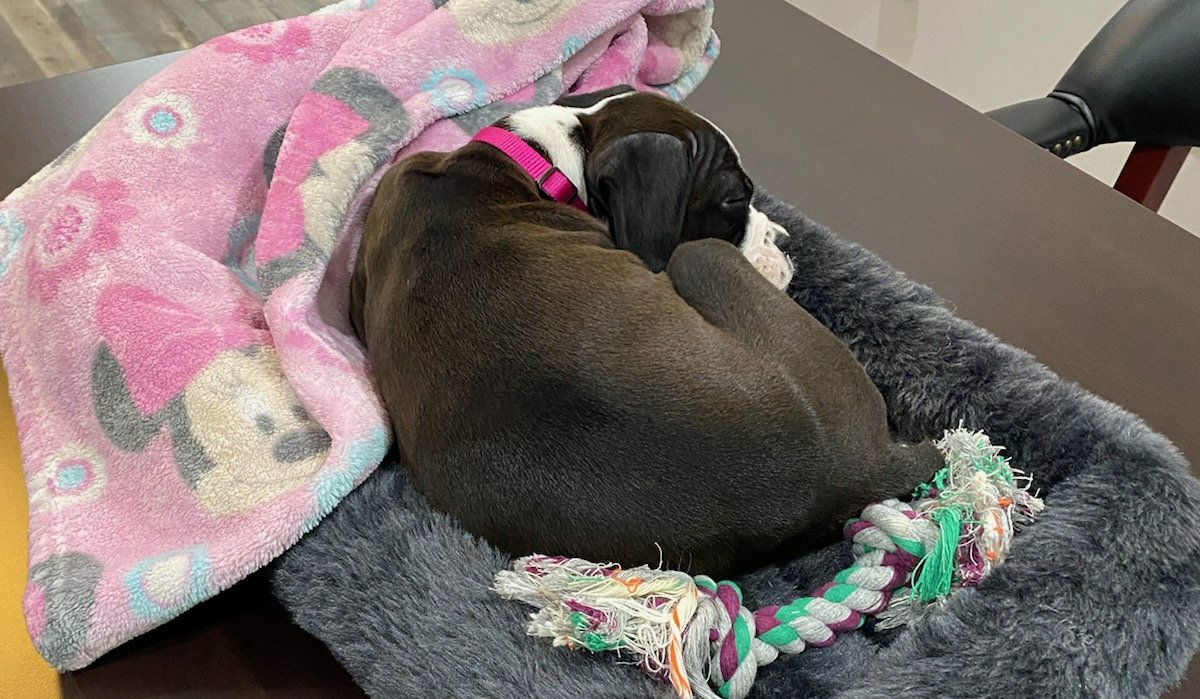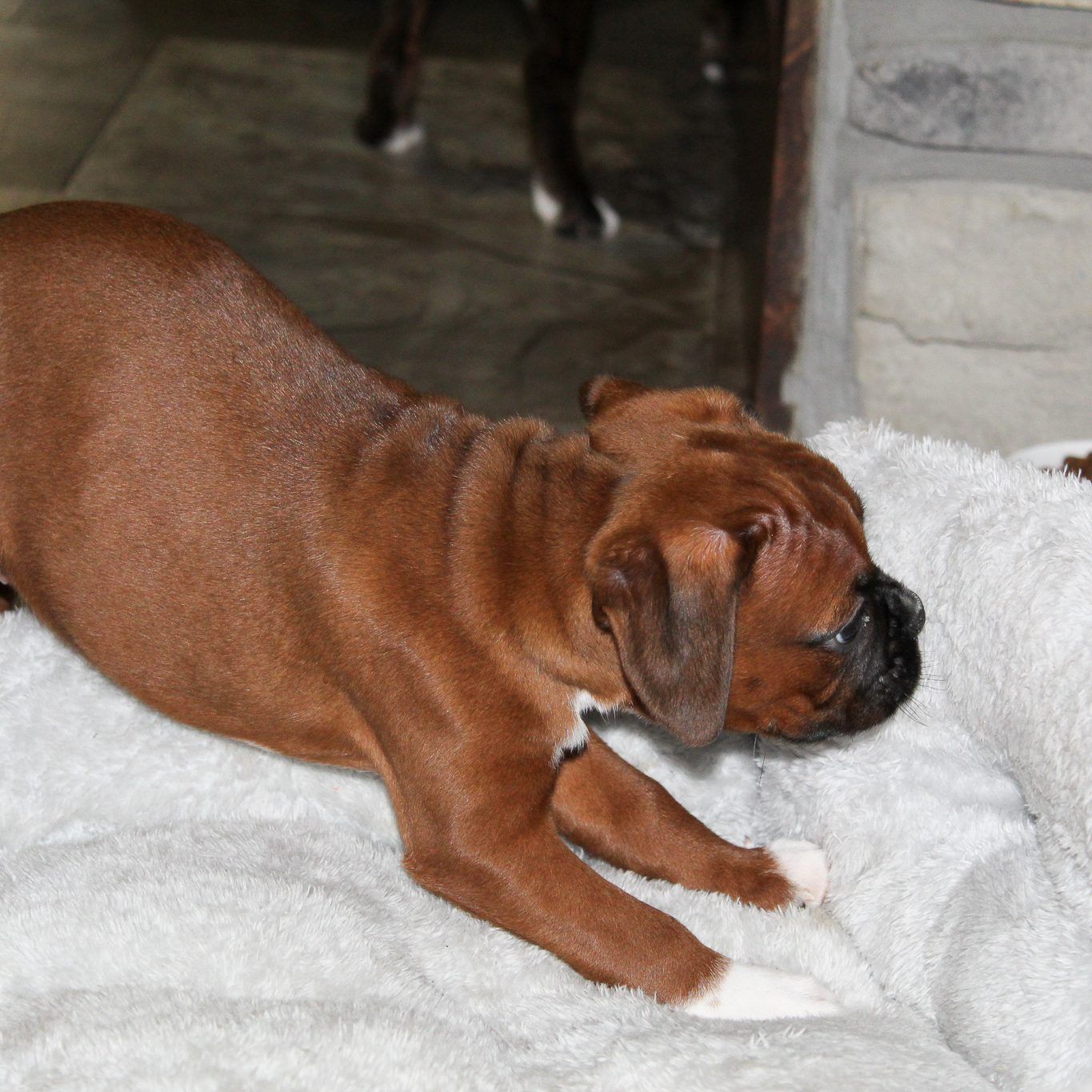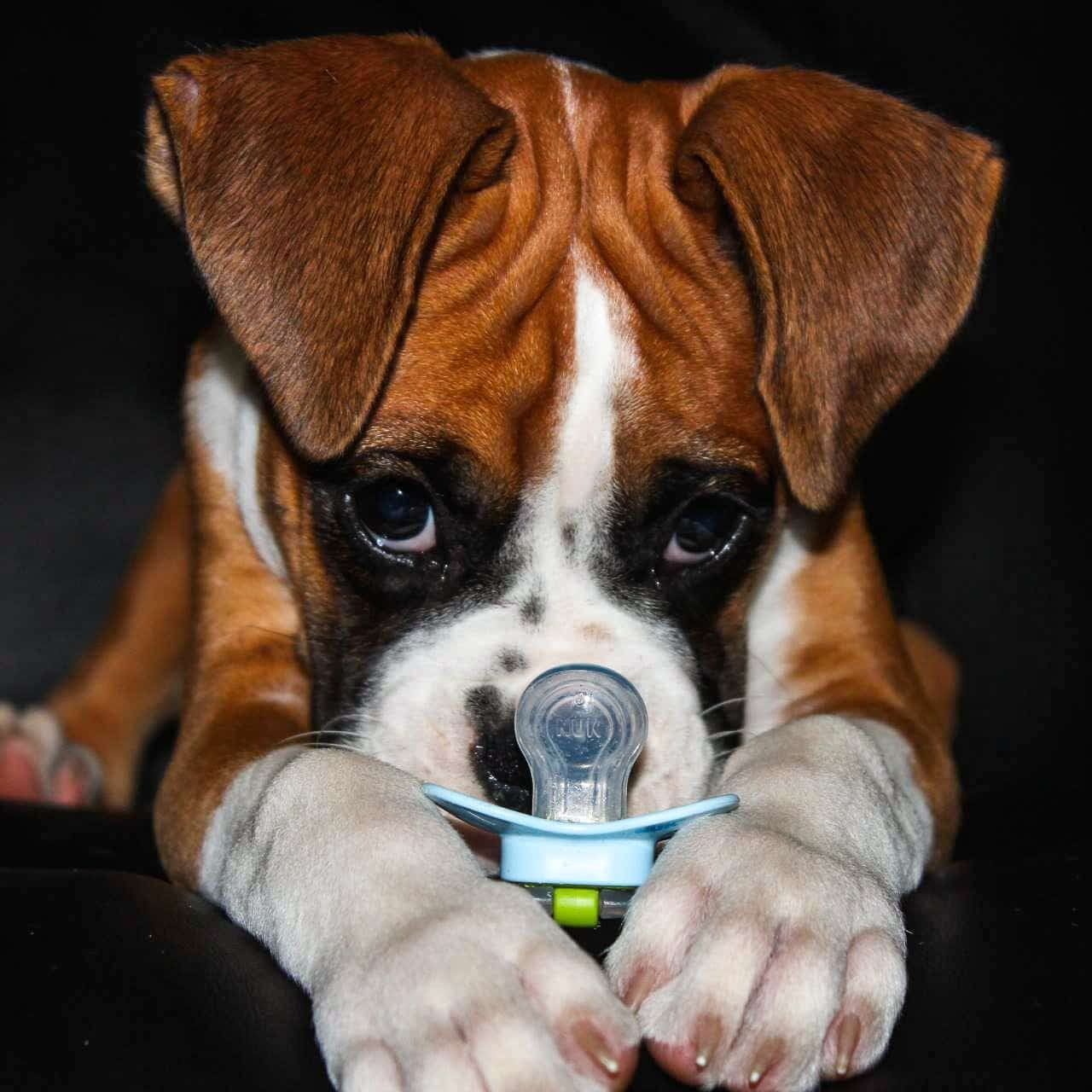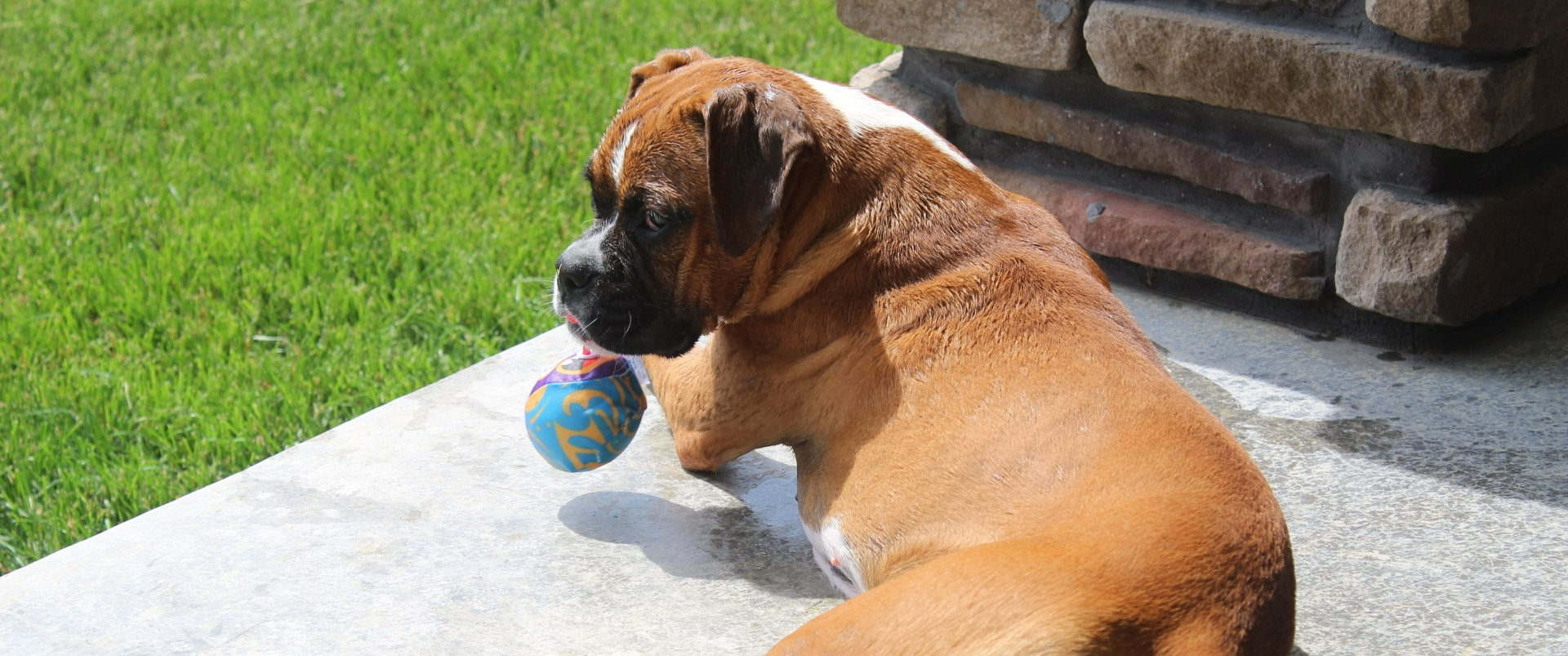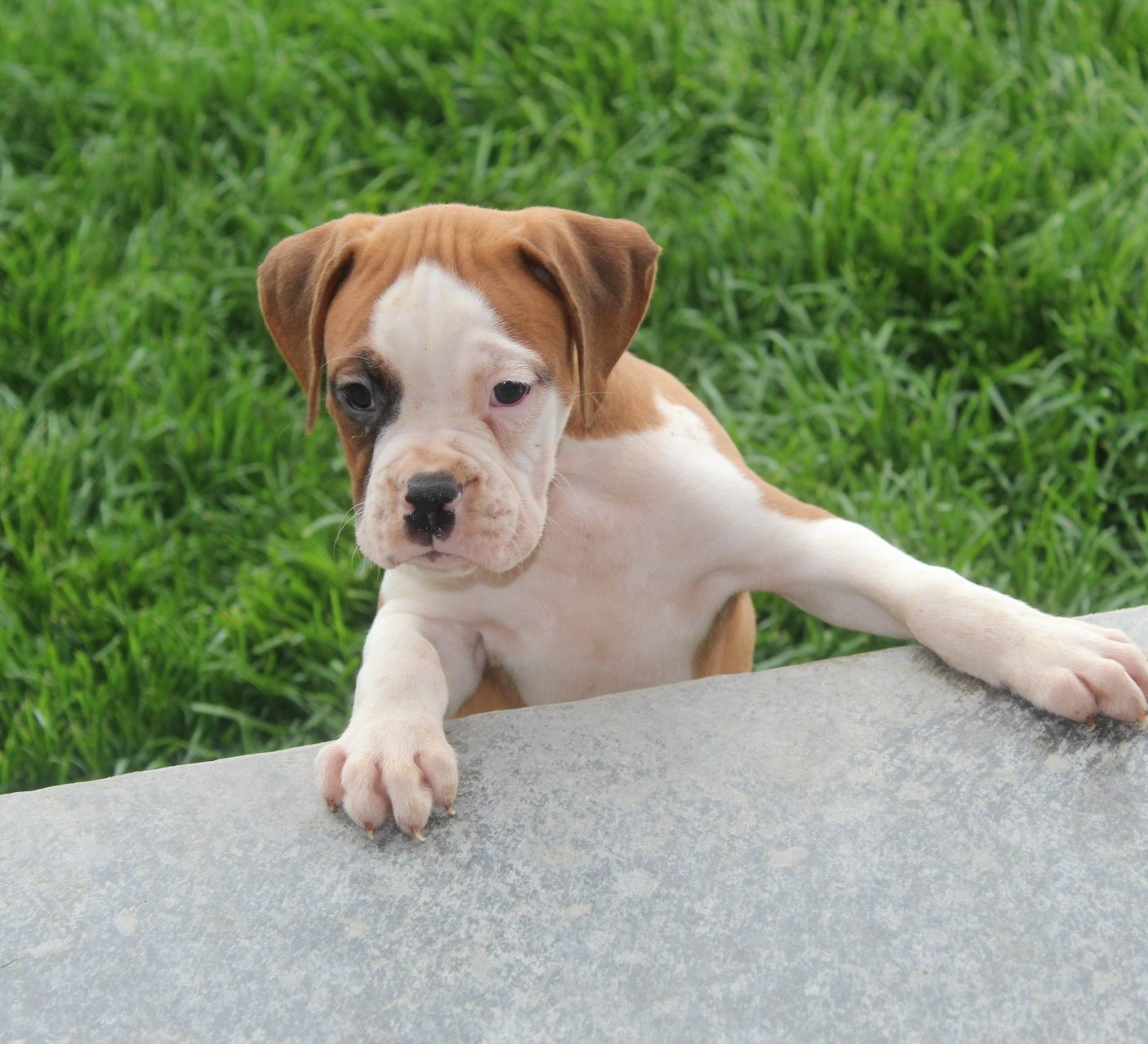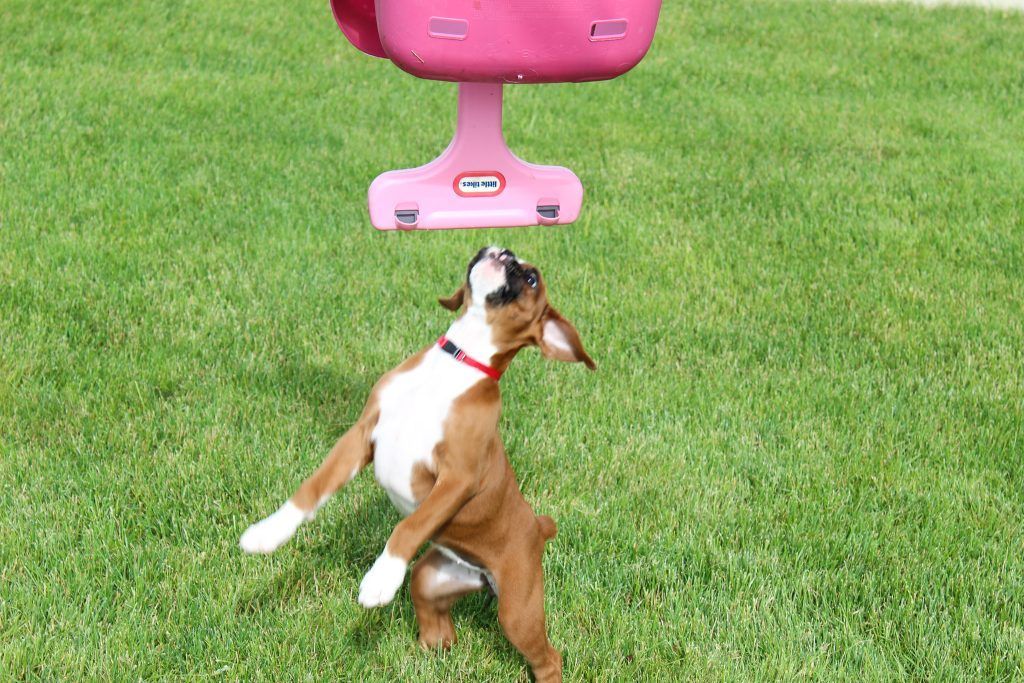Chewing, and Nipping
Chewing and Nipping
How To Keep Your Pup From Developing These Bad Habits.
When you pup reaches about 4 months old, he or she will begin teething. (Keep in mind every pup is different, however if by age 6 months you do not notice signs of teething you may want to have him checked). When teething happens, it is typically quite irritating, your puppy’s gums will probably feel extremely itchy and they will want to soothe this any way possible. And so, the chewing begins! However, you do not want this to become a learned behavior.
Nothing is off limits, so do not fool yourself! The first thing to do is “puppy proof” the house, just as you would keep things out of reach once your infant starts to become mobile, you want to put anything chewable out of your puppy’s reach. This includes shoes, purses, gym bags, books, remote controls, clothes, pillows, etc.
That is step one, now let’s move onto the things that you can’t put up, table legs, furniture, carpet, (yes carpet!) like we said – nothing is off limits. For these items you may want to get a nontoxic spray, if your pup is persistent, or if he needs to be in an area unattended, you can use this spray as a deterrent. When it is sprayed onto the area and your pup gets a mouthful of it, it will only take a few times for him to remember that he does not like the taste of that!
Another tactic is always to keep your pup with you using the “umbilical cord method” by fastening his leash to him and the other end to you, and wherever you go, he goes. Although it is a good way to keep him under your watchful eye, it is not always possible nor is it always convenient. When you can’t keep an eye on him then you need to keep him confined. It is important that you do not let the puppy have free reign over the entire home during this teething period, which generally lasts about 3 months. There is just too much trouble for them to get into when they only thing they can think of is “What can I chew on next?”
Another important step in teaching your pup not to chew is to “distract and switch”. When you catch your little sweetie chewing on a non-toy you need to make a loud noise to get his attention (clap loudly, or make a loud sound with your voice) and when he is distracted from the item, take it away and give him a chew toy. When he begins chewing on the chew toy be sure to give some praise for doing the right thing. (It is important that you try to keep from yelling your dog’s name, you want his name associated with good things.)
Nipping
Before you brought your pup home, they had litter mates. A natural part of their play is nipping, however sometimes it can get out of hand and Mom must show her pup that he can’t behave that way. She does this by ignoring him. She essentially banishes him from the pack until he learns and changes his behavior. When the puppy joins your family, he now becomes part of your pack and will continue in his normal dog behavior of nipping until he gets things figured out. You need to teach him in much the same way his mother did. Here is how:
- Say “NO!” loudly and firmly if your puppy nips (this mimics a loud yelp that would be given by his littermate)
- Immediately move yourself into a dominant position, if you are on the floor together stand and take a seat elsewhere. If you are on the couch together, move your pup to the floor. You are showing your pup that you are the one in charge.
- Now, ignore your pup ( you must commit to this 100%!) and if there are others in the room with you, they must ignore him as well. He needs to feel the banishment in order to make the connection that his behavior is wrong. Do not look at or speak to your puppy at all for a solid 5 minutes. (If he begins to whine or pace you will know it is working.)
- After at least 5 minutes you may speak to him, but do not pick him up, after another minute or so return to your position with your pup and resume play. But do not act overly happy.
- If he does not nip after a few minutes you can pick things up a bit with some reassuring petting and praise.
- If he does nip again you must repeat the steps. Usually after 4 or 5 times they begin to realize that the banishment is due to nipping and they will change their behavior.
- In extreme cases you may have to put your pup in a time out area for up to 10 minutes.
We hope this information helps you to train your puppy into your forever friend!
